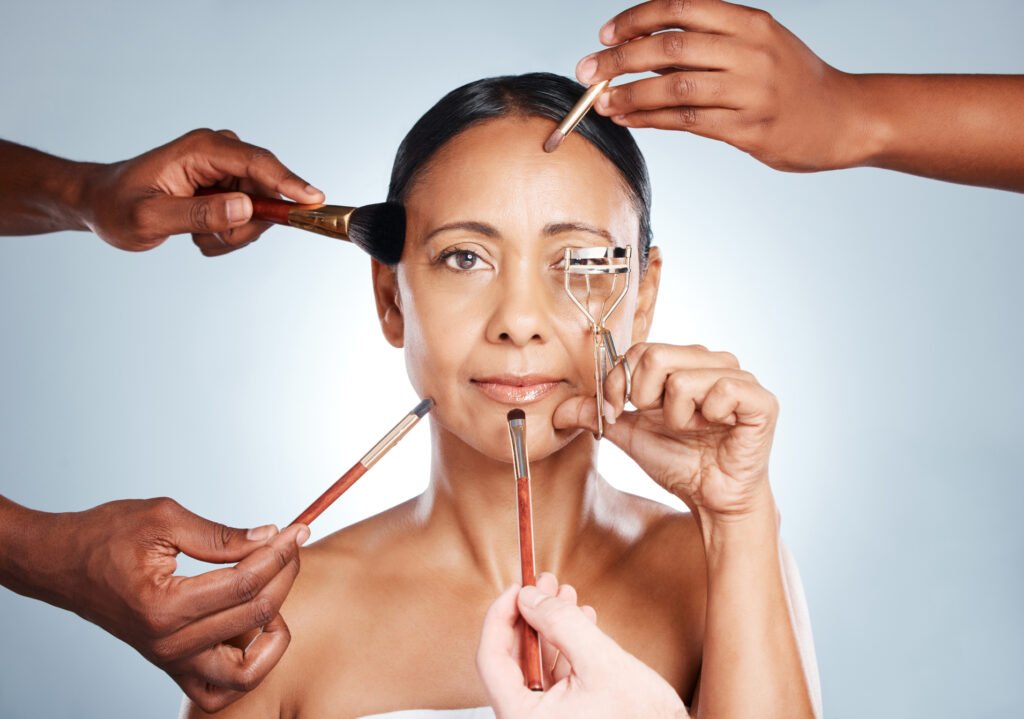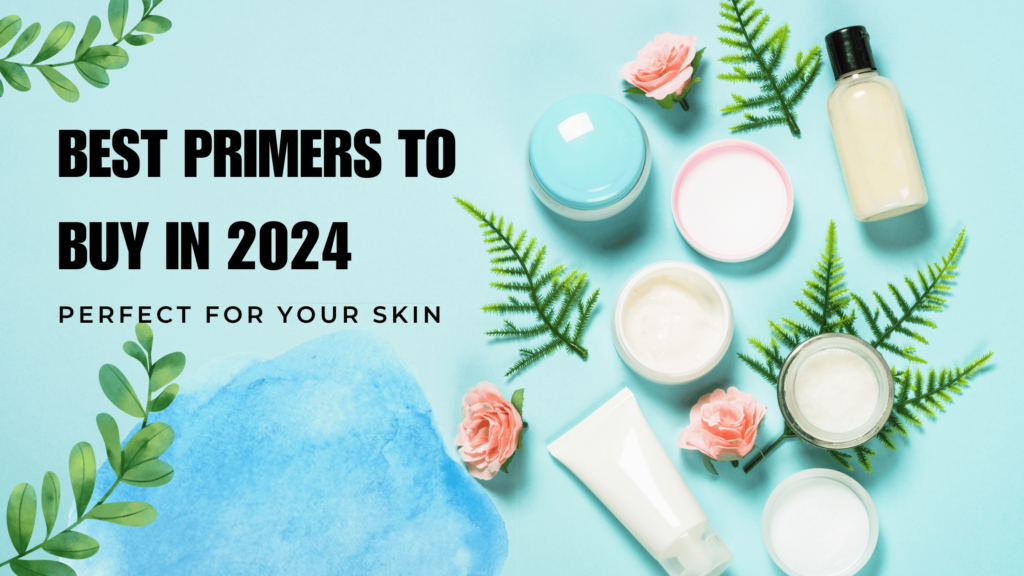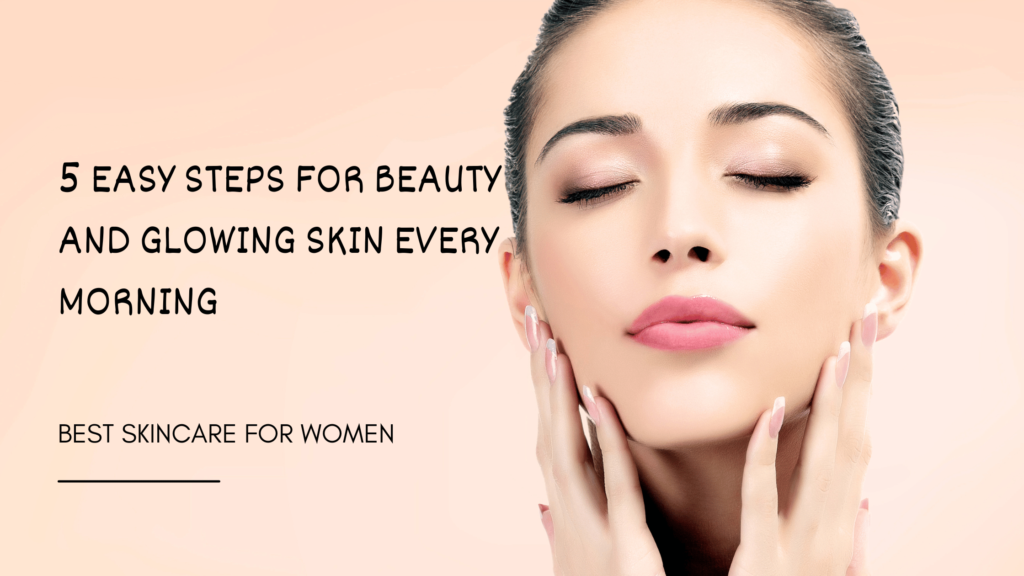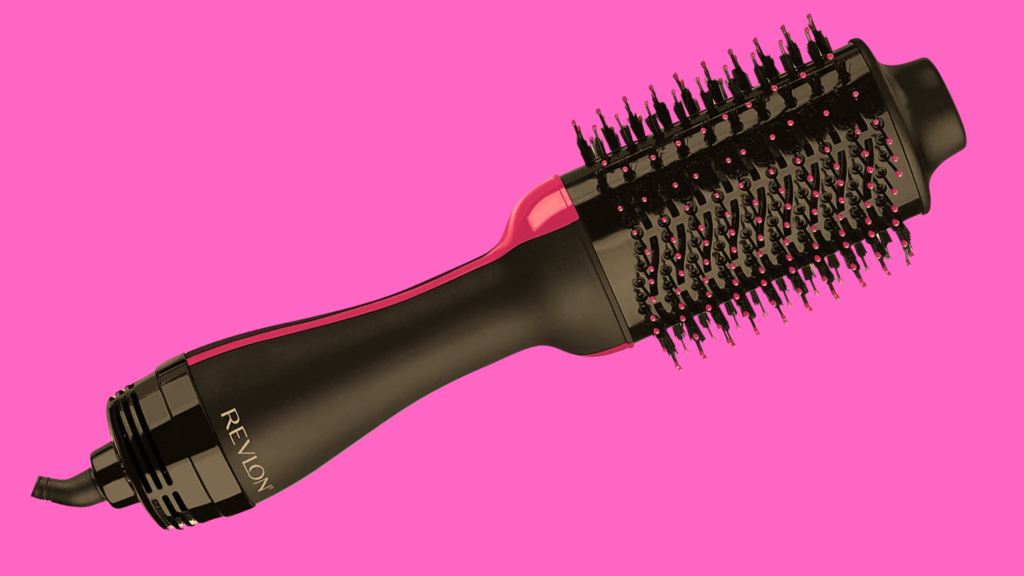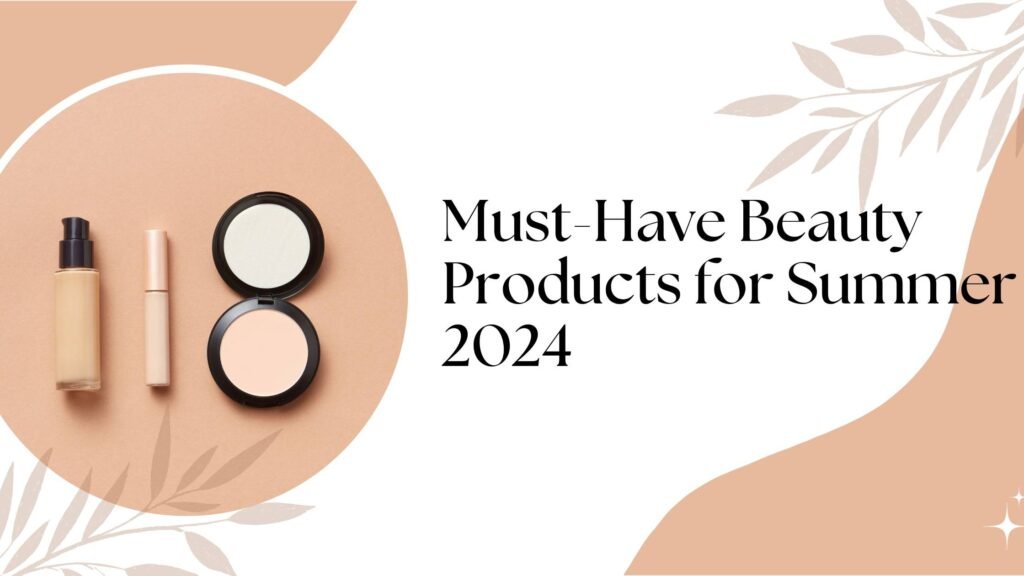As the beauty industry strides into 2025, innovation, sustainability, and personalization are at the heart of skincare trends. Skincare enthusiasts and experts alike are embracing new technologies, eco-friendly practices, and simplified routines to meet the evolving needs of modern life. Here are the top 10 trends shaping the future of skincare:
1. Microbiome-friendly Skincare
Skincare products that nurture the skin’s microbiome—its natural ecosystem of good bacteria—are in the spotlight. These products, enriched with prebiotics, probiotics, and postbiotics, aim to balance and strengthen the skin barrier, reducing sensitivity and inflammation while promoting a natural, healthy glow.
2. Waterless Beauty
Waterless beauty has emerged as a sustainability hero in skincare. By replacing water with concentrated ingredients, products like balms, powders, and solid cleansers reduce water consumption during production and offer potent formulations. This trend aligns with increasing environmental awareness and concerns about water scarcity.
3. Skinimalism
Minimalism meets skincare in this trend, which focuses on fewer, multi-functional products. Busy lifestyles and a growing understanding of overuse-induced irritation have led consumers to adopt streamlined routines. Skinimalism celebrates the idea of “less is more,” promoting healthy, natural skin with minimal effort.
4. AI-Powered Skincare Tools
Technology is reshaping skincare with tools that analyze your skin and create personalized routines. From apps to smart devices, AI is providing accurate insights into skin health, making it easier than ever to select the perfect products for your unique needs.
5. Blue-Light Protection
With screen time reaching unprecedented levels, skincare brands are developing products to combat the harmful effects of blue light emitted by phones, laptops, and other devices. Antioxidant-rich formulations protect against premature aging and dullness caused by blue light exposure.
6. Plant-Based Retinol Alternatives
Retinol remains a staple, but plant-based alternatives like bakuchiol are gaining traction. These natural ingredients offer the same anti-aging and brightening benefits without the irritation commonly associated with traditional retinoids.
7. Barrier Repair and Strengthening
Post-pandemic skincare has emphasized the importance of repairing and protecting the skin barrier. Products designed to soothe and fortify this protective layer are a must, especially for combating dryness, irritation, and environmental stressors.
8. Solid Skincare Bars
Solid skincare bars are an eco-friendly and travel-friendly alternative to traditional liquid products. From solid cleansers to moisturizers, these zero-waste options are perfect for those looking to reduce packaging waste without compromising on quality.
9. Probiotic-Infused Skincare
The connection between gut health and skin health has inspired probiotic-infused products. These formulations aim to maintain a healthy skin microbiome, targeting issues like acne, redness, and sensitivity for a balanced, clear complexion.
10. Innovative Sunscreen Formulations
Sunscreen is evolving to meet the needs of a diverse audience. Lightweight, non-greasy, and invisible sunscreens that blend seamlessly with all skin tones are leading the way. Innovations like SPF mists and serums make sun protection more convenient and appealing.
What’s Out in 2025?
Gone are the days of harsh, abrasive treatments that prioritize instant results over long-term health. Over-complicated, 10-step skincare routines are being replaced by more mindful and effective approaches. Products with unsustainable packaging or environmentally harmful ingredients are also phasing out, making way for greener, more ethical solutions.
Embracing these trends in 2025 not only enhances your skincare routine but also aligns with a greater purpose of environmental consciousness and self-care. This year, skincare is about being kind to yourself—and the planet.

